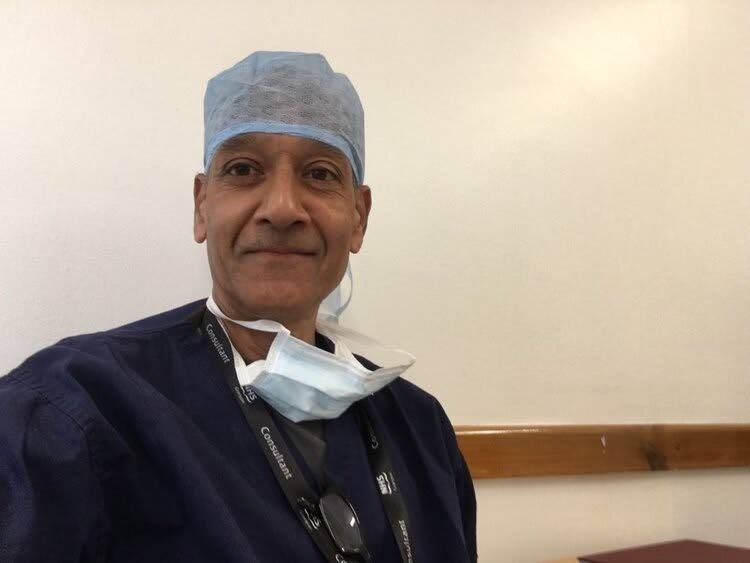Cervical cancer second common cause of cancer in Trinidad and Tobago, but more deadly

POINTING to the alarming mortality rate of cervical cancer sufferers, Specialist gynae oncologist Dr Gordon Narayansingh is making an appeal for corporate citizens to adopt cervical cancer as a cause.
Dubbing cervical cancer as the “poor sister of breast cancer”, he alluded to the emphasis placed by corporate Trinidad and Tobago, survivors and media on breast cancer awareness, deducing that cervical cancer receives mere tokenism.
With roughly 40 to 50 per 100,000 women in TT contracting cervical cancer, compared to developed countries which has less than 10 per 100,000, he said TT is still very backwards.
“That has not changed over the last 35 years since I have been a specialist.”
While there is undisputed evidence more women get breast cancer than any other type of cancer, he said, “only 20 per cent of women with breast cancer would die of their cancer.
In comparison, two -thirds or 60 per cent of women with cervical cancer would die of their cancer.
“So, what is the more concerning factor of a disease, is it the incidence of the disease or is it the mortality?”
The stark reality, Dr Narayasingh said, is that although cervical cancer is the second common cancer among women in TT, it is the mortality associated with this cancer, from fewer cases, that is much higher.
While deaths continue to be very high, he said health and public education where cervical cancer is concerned is extremely poor in comparison to breast cancer.
“Breast cancer is heavily sensationalised. Every woman knows about breast and breast cancer and they are obsessed about it, but little is said about cervical cancer.”
Observing that January, cervical cancer awareness month, there has been no media blitz or any significant event commemorating it, he again compared it with the month of October which is dedicated to breast cancer.
“In October for breast cancer month, there are big pink ribbons, pink balloons, Scotia Bank has ten K run and everybody running.”
The point, he said, is that 80 per cent of women with breast cancer survive so they can form cancer survivor groups and keep their flags and banners waving.
“But there are no cervical cancer survivors because they have all died.
“Guardian Life and other big companies have invested in breast cancer, there is nothing wrong with that, but there is a lot that can be done by the public, by the media, by the corporate citizens for cervical cancer.”
While the public health sector picks up most of the bills for cervical cancer patients, Narayansingh did a cost analysis between treating a patient with full blown cancer and getting a pap smear for early detection, diagnosis and treatment without harmful effects on the patient or an economic burden on the state.
Naraysingh who is attached to the women’s section of the St James Medical Infirmary, said the cost for a pap smear is in the vicinity of $100 or free in the public sector, it costs approximately $200,000 for treatment including chemo and radio therapy.”
Yet only a maximum 15 per cent of women get smeared.
“A substantial number of women are very, very careless with their well-being and don’t make themselves available for pap smear or gynaecological examination.
“If cervical cancer was in your toe, people would address it, but because it’s a gynaecological thing, where you have to do a vaginal examination.”
It’s a small price to pay in comparison to getting cancer and dying from it, he said.


Comments
"Cervical cancer second common cause of cancer in Trinidad and Tobago, but more deadly"